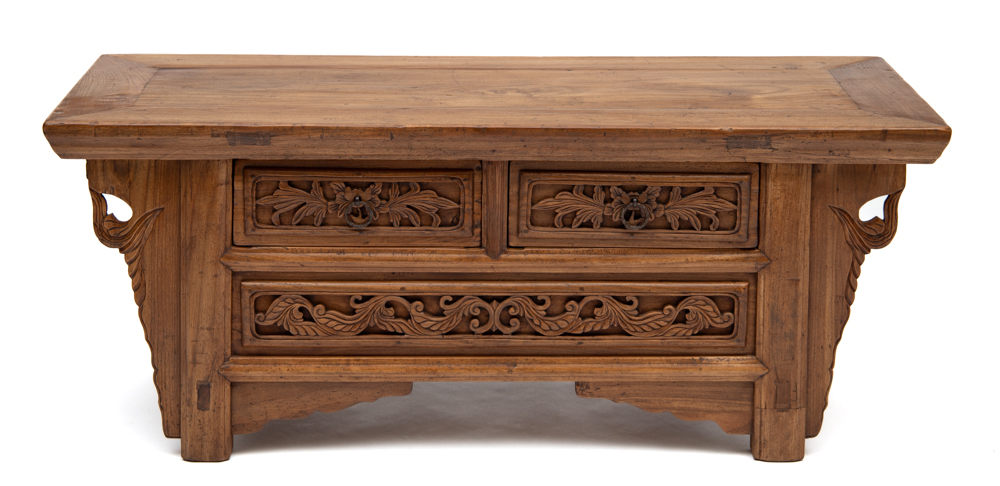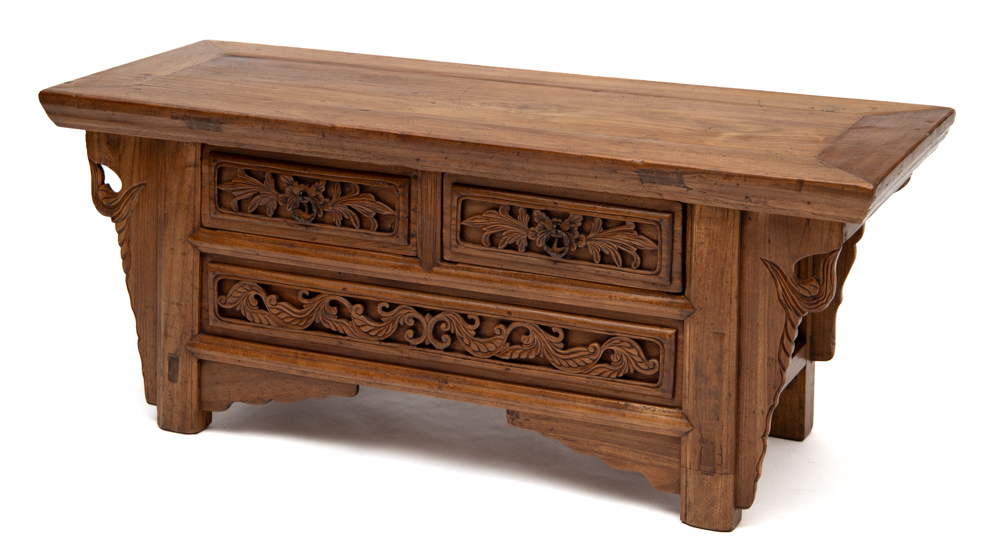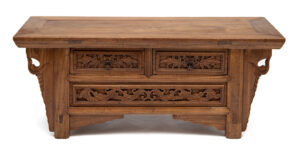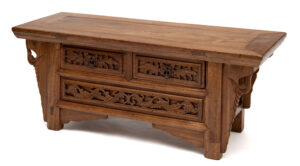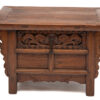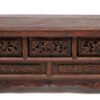Two drawer kang table with peony carving
$1,600.00
19th century
- elm
- 107cm W x 40cm D x 44cm H
A shipping fee is calculated to deliver this item to the metropolitan areas of Brisbane, Sydney, Melbourne, Adelaide and Perth. Contact us to arrange a quote for delivery to other areas.
Low table with peony carving symbolising a wish for a life of wealth and honour.
1 in stock
Make an EnquiryNote: Shipping of art is free in Australia

